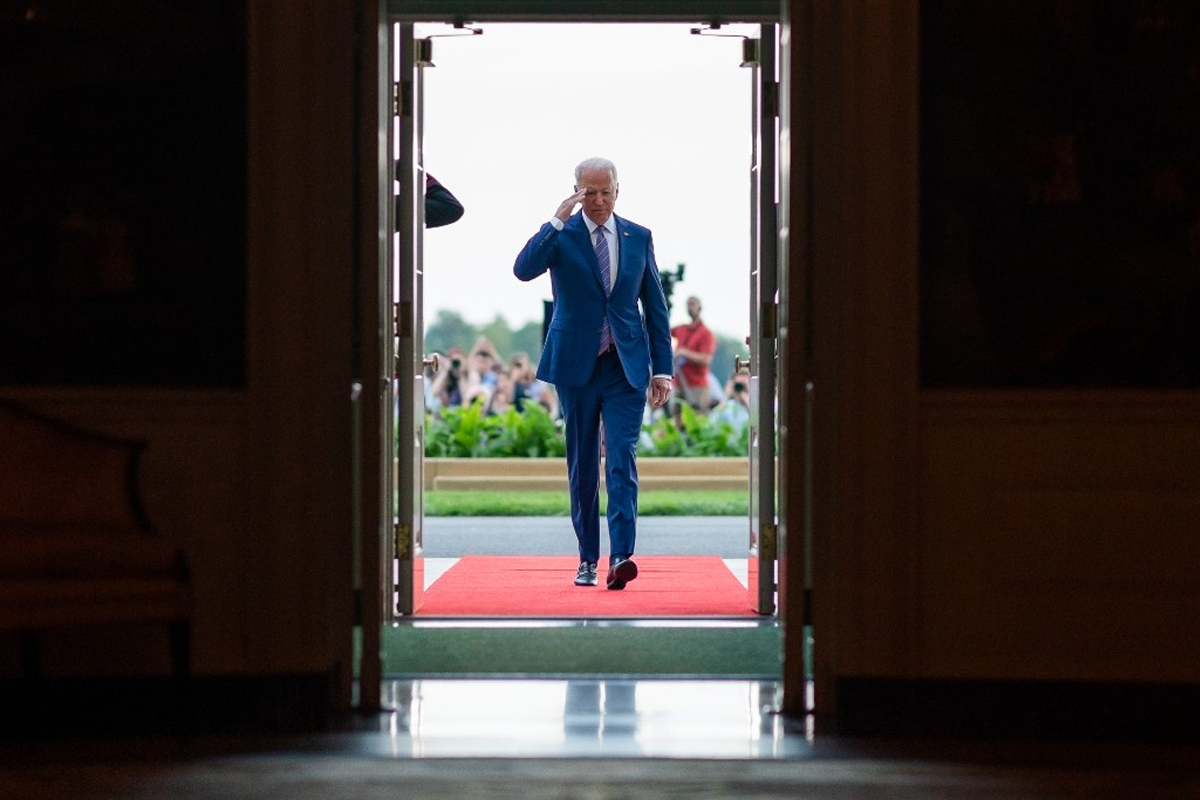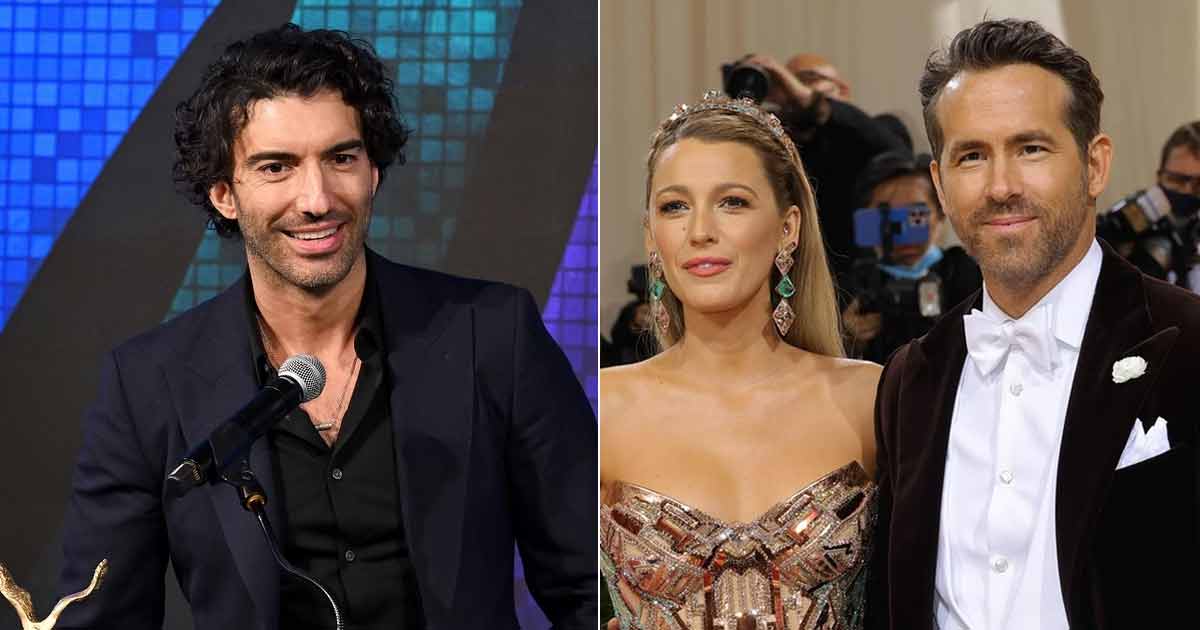One upshot of the current glut of streaming platforms is a flood of programming to fill them: something for every attention span, something to plug every potential gap of viewer inactivity that might render a certain streaming service irrelevant while some other service pulls ahead. And so stories get told and retold. The romantic comedies begin to feel the same. The dating reality shows rely (often successfully, it must be said) on the same dramatic tricks. Another consequence of this, for better or worse, is that the stories being told are pulling from more immediate memory. Yes, of course, there are still the docuseries about the true crime of the nineteen-seventies, or the financial crimes of the nineteen-eighties. But there’s also a wave of salacious retellings such as “White Hot: The Rise & Fall of Abercrombie & Fitch” or a scripted drama about the Theranos scammer Elizabeth Holmes, Hulu’s 2022 series “The Dropout.” I am certainly not entirely against the retreading of recent events. When done well (like the aforementioned “The Dropout,” which was buoyed by an award-winning Amanda Seyfried performance), they can serve as insightful digests of not-far-off news stories or, at least, as pleasureful reawakenings of moments that you lived through but barely remember.
I do, vividly, remember the night of April 25, 2014, when TMZ released audio of the Los Angeles Clippers’ owner, Donald Sterling—the subject of the FX show “Clipped,” which concluded on Tuesday—berating his assistant and mistress, V. Stiviano, for daring to post pictures on her Instagram in which she was in the vicinity of Black people. It was a photo with Magic Johnson, specifically, that began the disagreement. The transcript of the audio is wide-ranging and bizarre, with Sterling detouring at one point to talk about the treatment of Black Jews in Israel to justify his own views on race. He insists that Stiviano not come to Clipper games if she is going to bring Black people with her. There’s a portion of the argument in which the two quibble over the then Dodgers outfielder Matt Kemp—with whom Stiviano had also taken a photo—debating his racial makeup and whether or not it was fine to keep a photo of Stiviano with him on her Instagram. (Kemp is biracial; Stiviano, in the audio, says, “I thought Matt Kemp is mixed, and he was O.K., just like me. He’s lighter and whiter than me. I met his mother.” To which Sterling replies, “O.K.”)
It might be tempting to attribute the ten-minute Sterling audio to the incoherent ramblings of an aging and powerful man detached from logic. But the audio illuminates a calculated world view that Sterling has built and participated in for years: the world will think less of you if you are seen in public with Black people, because Black people are lesser. (It does bear mentioning that Stiviano is half Black and half Mexican, though she can be heard on the tape saying, at one point, “I wish I could change the color of my skin.”)
In the spring of 2014, the Los Angeles Clippers, a longtime laughingstock, were no longer the joke of the town, no longer The Other Los Angeles Basketball Team. In December of 2011, the team traded for the superstar point guard Chris Paul, the one player who, on his own, could reshape the fortunes of the team. This broke open a new era of Clippers basketball that became known as Lob City. The team was exciting, they played fast, and, best of all, they had personalities—not just in Paul, who could be stoic and playful in equal measure, but in Blake Griffin, who at that moment was an endorsement magnet, sought after for his highlight-reel dunks and for his loose and easy sense of humor. Griffin’s front-court mate DeAndre Jordan, although deeply intense, mirrored Griffin’s drollery in candid postgame interviews.
This Clippers run came at a fortuitous time for the franchise. As they were ascending, the Lakers—their rivals, their roommates at the Staples Center, and the significantly more storied L.A. organization—were in a state of decline. For a few improbable seasons, the Clippers owned Los Angeles. Their only issue, up to that point, was a lack of playoff success. In 2012, they were swept in the conference semifinals. In 2013, they won fifty-six games and finished at the top of their division, only to lose in the first round of playoffs. In 2014, they were poised to make a serious run. In the first round, they lost their first game against the Golden State Warriors but won the second and third. Within a day of Game Three ending, the narrative was hijacked by the Sterling leak. Unfortunately for the Clippers, their bouquet of personalities extended beyond the court and into the front office.
By 2014, Sterling had a long history of harassment and discrimination allegations against him. In 2009, he settled a lawsuit that the Justice Department brought against him for housing discrimination against prospective Black tenants. (Sterling was a longtime landlord in Los Angeles, making his fortune largely in real estate.) He had accumulated a list of sexual-harassment accusers. On a less serious note, but one indicative of the way Sterling’s mind worked around race, he held a Black History Month promotion in 2011 which involved running an ad in the L.A. Times that offered a thousand “underprivileged” children free admission to a game. Despite his many infractions, the N.B.A. treated Sterling with kid gloves—a policy that was put to the test on the night of April 25th.
“Clipped” picks up at the start of the Clippers’ 2014 season but very quickly accelerates to April. Episode 1 races to catch up those who might be new to the story, chronicling how Doc Rivers (Laurence Fishburne) is hired as head coach and immediately finds himself at odds with the childish and challenging Sterling, played by Ed O’Neill. Stiviano, Sterling’s fame-obsessed assistant, mistress, and confidant (Cleopatra Coleman) grates on everyone’s nerves, including, at times, Sterling’s. The team makes the playoffs while, behind the scenes, conflict between the couple brews, culminating with Stiviano making the decision to leak the audio of Sterling’s ramblings after Sterling’s wife, Shelly, played in the show by Jacki Weaver, began the process of suing Stiviano in an attempt to get back the many gifts that Sterling had lavished upon her, claiming that Stiviano was taking advantage of Sterling’s age and wealth. (Stiviano had made a habit of recording conversations with Sterling; she claimed that this was something the two of them had agreed on, whereas he insisted that it was done without his knowledge. Stiviano admitted leaking the racist rant to a Clippers employee and a few friends but denied giving it to TMZ.)
“Clipped” gains momentum in the second episode, when the tape is leaked and the ensuing chaos begins. On an aesthetic level, there is much to find absurd about the series, beginning with some of its casting decisions. One thing about trafficking in recency is that the people being portrayed are not far removed from our memories. In the case of “Clipped,” some of the players portrayed are still in the league, and still prominent enough to be at the top of an N.B.A. fan’s mind. And it must be said that the actors playing Chris Paul and DeAndre Jordan and their Golden State Warriors rival Stephen Curry do not look remotely close to their real-life counterparts. Fishburne as Doc Rivers is a closer approximation, though much of that is due to Fishburne’s commitment to taking on the distinct, gravely vocal stylings of the actual Rivers, his wild hand gestures, his moments of bewilderment and exasperation. “Clipped” ’s approach is to dial every character up to a cartoonish degree. O’Neill’s version of Sterling is loud, petulant, relentlessly childlike, uniquely jarring in his entitlement and obliviousness (for example, in a scene where an assistant brings him news of the leak and Sterling shrugs it off as nothing).
Coleman as Stiviano, though still extreme in her portrayal, offers the most layered character on the show. Episode 4 shows, in a series of flashbacks, how Stiviano went from working at a food truck on a studio lot, and how she set about gaining access to wealthy men (initially through a friend’s invite to a sex party). She is maybe not your most obvious brand of hero. You may recall her stumble-filled prime-time interview with Barbara Walters—recreated with alarming accuracy in “Clipped”—or some of her shameless brand-building antics, including making “V STIVIANO” hats and, on one strange occasion, taking her pet turtle for a walk at night in the front yard of her home while media gathered in her driveway. But the narrative works best when it is told from Stiviano’s point of view—as a character study of someone who is eager to attain fame but doesn’t exactly know what to do once it arrives. There is a Stiviano subplot that I didn’t recall from the real-world saga, probably because it was drowned out by the more salacious story lines: in the midst of everything, she was fighting to adopt two adolescent boys, both of them Black. In its less rambunctious moments, “Clipped” homes in on a Stiviano who is trying desperately to balance a hunger for notoriety and more practical needs like a duplex that she pushes Sterling to buy so that she’ll have space for the children.







